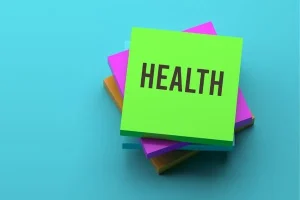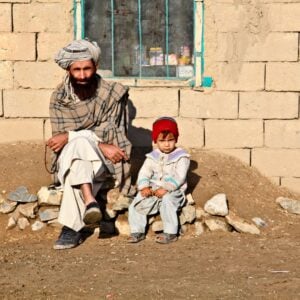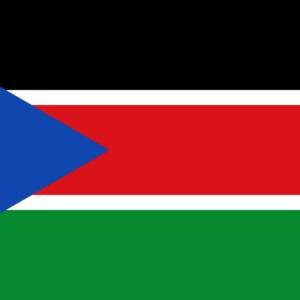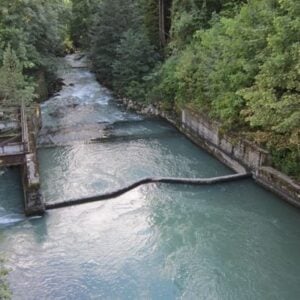For years, the 20,000 residents of Bulape faced a daily struggle to access water, often walking several kilometres through the forest to reach unsafe and stagnant pools. The long journey consumed hours of women’s time, delayed children from attending school, and contributed to frequent outbreaks of waterborne diseases. Henriette Byongo, a mother of seven, recalls the hardship vividly, highlighting how critical safe water was for both survival and daily life.
This harsh reality changed with the installation of a new water supply system, initiated by the World Health Organization (WHO) in partnership with national and local authorities. Originally set up to support the Ebola response following the outbreak declared on 4 September 2025, the system quickly became a transformative asset for the entire community, extending benefits far beyond the emergency. Dr Serge Bulangyene Loso, medical director at Bulape General Referral Hospital, emphasized that without reliable water, infection control and safe care were nearly impossible, making the intervention essential.
The solution involved tapping a protected spring located 2.5 kilometres from the village and connecting it through a network of pipes to Bulape. Two large storage tanks, each holding 20,000 litres, continuously supply water to the hospital, Ebola Treatment Centre, and multiple community access points. A dual-flow mechanism ensures chlorinated water for clinical use and untreated water for household needs, safeguarding both health and daily consumption. The installation meets WHO standards for water, hygiene, and sanitation, providing up to 150 litres per person per day—a remarkable achievement for a remote area.
Implementation faced significant challenges due to rugged terrain and the distance from the water source, which had thwarted previous attempts. Mamadou Zongo, a WHO health logistician, noted that success required precise planning, resources, and adaptive design. Crucially, strong community mobilization ensured local ownership from day one, with villagers participating in digging trenches, carrying materials, and connecting pipes. Today, the community maintains the network themselves, reflecting a sense of collective achievement and solidarity.
The system has not only improved access to safe water but also strengthened the community’s resilience. Dr Richard Kitenge, Incident Manager for the Ministry of Health’s Ebola response, stated that water is the first line of defense against disease, and Bulape exemplifies how emergency interventions can leave lasting legacies. Dr Mory Keita, WHO Africa’s Incident Manager, added that the project restores dignity, confidence, and social cohesion, contributing to overall community health and wellbeing.
At the community water point, life has taken on a new rhythm. Children play around the taps while women fill containers and exchange news, turning a once arduous task into a space of connection and renewal. Residents like Henriette Byongo describe the water system as a “collective victory” that has changed lives, provided hope for future generations, and symbolized the power of coordinated action, technical ingenuity, and community solidarity in building a healthier, more resilient Bulape.







